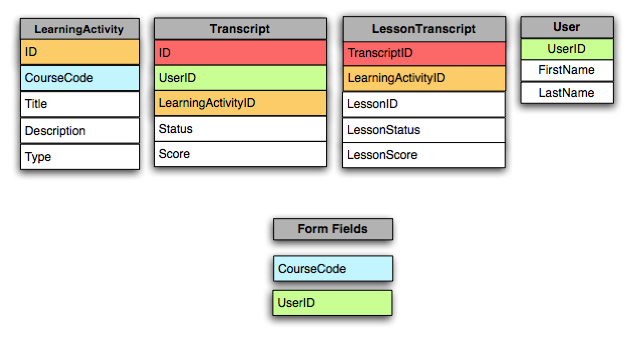I wanted to add a search function to the learning modules housed in our learning management system. These modules are of several types, most are HTML/javascript-based modules, but there are also flash, pdf, and MS producer ones as well. Many of them are meant to be viewed while under SCORM control, so it is important that the search feature not interfere with SCORM communication by allowing the user to navigating away from the current module or by removing the surrounding frameset.
When under SCORM control, the script must be able to detect which module is current, and search only within that directory. When not under SCORM control, the user can have the option of searching all content on the server.
It is also important to be able to hold obsolete or private items out of the search.
Continue reading



